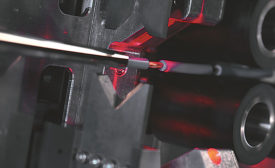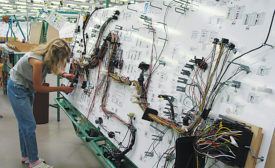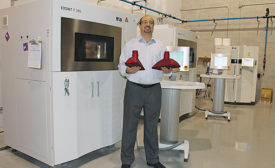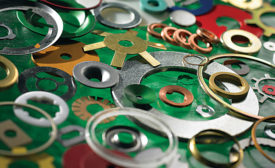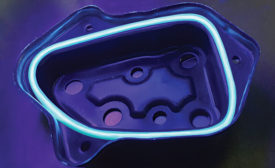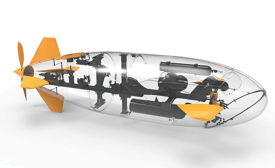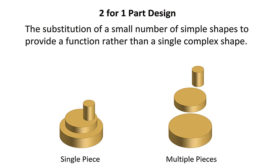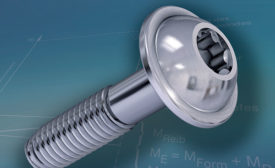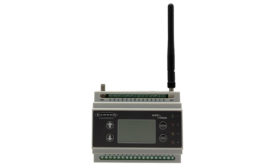Featured on Home Page
Improved technology enables fast cutting, clean stripping and simple blade changeover for various size wires.
Read More
Handling High-Mix Harness Assembly
Organization, flexible equipment and standard work are the keys to handling high-mix production.
July 1, 2016
Additive Manufacturing and End Of Arm Tooling
Innovative 3D-printed end-of-arm tooling enables systems integrator to lighten the load on a robotic packaging line.
July 1, 2016
Selecting the Best Washer for Assembly
Washers perform a variety of functions beyond merely securing threaded fasteners.
July 1, 2016
New Plastics for 3D Printing
Engineers have more material options available than ever
July 1, 2016
The Connected Home Is Here
‘Smart’ appliances are forcing engineers to rethink age-old product designs
June 3, 2016
Countering Old-School Views on Design
When designing products, engineers should focus on overall assembly efficiency rather than the cost of individual parts.
June 3, 2016
Assembling Magnesium Parts
Magnesium is strong and lightweight, but it poses problems for fastening and joining.
June 3, 2016
What’s New With Sensors
New technology is helping to make sensors smaller, more robust and easier to integrate.
June 3, 2016
Never miss the latest news and trends driving the manufacturing industry
Stay in the know on the latest assembly trends.
JOIN TODAY!Copyright ©2024. All Rights Reserved BNP Media.
Design, CMS, Hosting & Web Development :: ePublishing
